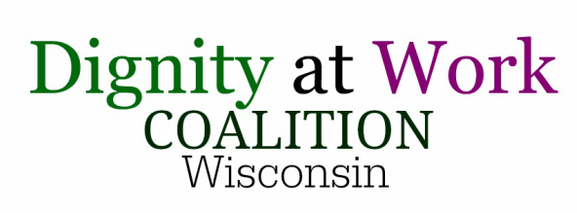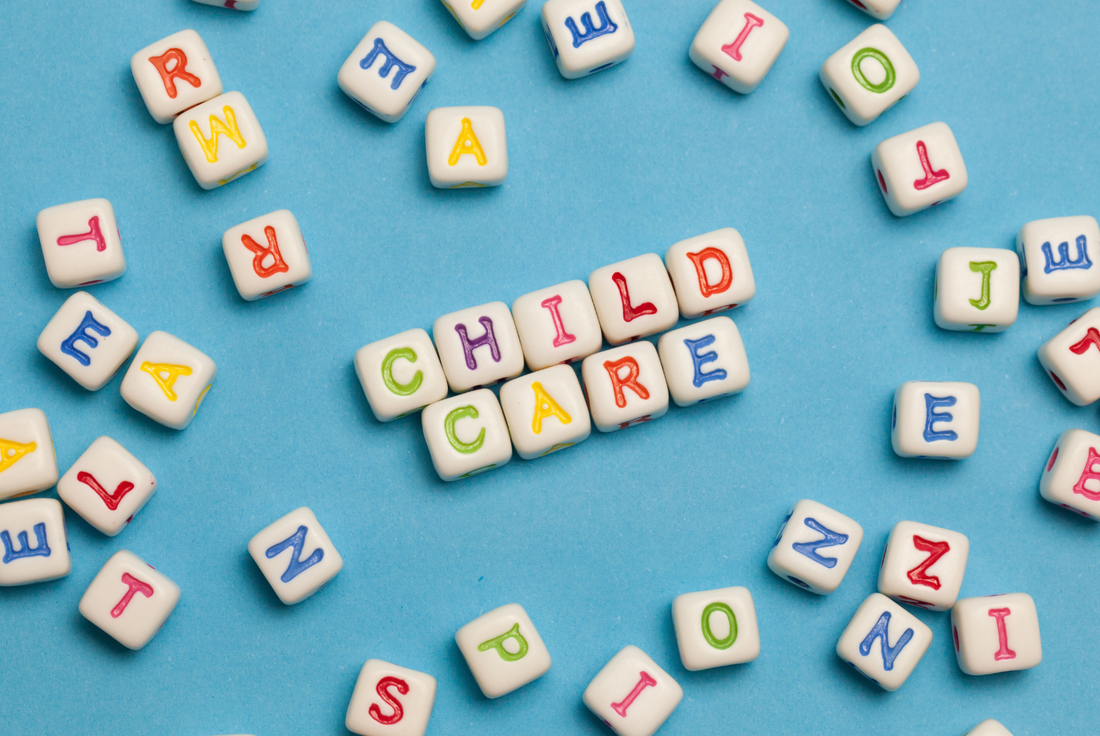Affordable, Quality Child Care
The Issue
|
Balancing work and family responsibilities has become increasingly difficult for many working families. The cost of child care is a tremendous strain on many household budgets, especially in an economy where the majority of workers’ wages have been stagnant for the past generation. To put the cost of quality child care in perspective, the average cost of infant care at a child care center in Wisconsin is higher than the average cost of tuition at a public university. Child care costs are even more pronounced in urban areas, such as Milwaukee County, where the annual cost for center-based infant care is over 18% more than the statewide average, even though the median household income for a married couple family in Milwaukee County is actually lower than the statewide average by about 6.5%. This means that a median-income family in Milwaukee County would pay 17.3 % of their annual income towards child care for one infant.
|
Recent state child care policy changes in Wisconsin have had mixed results for working families. On the one hand, Wisconsin’s implementation of theYoungstar quality rating and improvement system has dramatically increased the overall quality of child care centers in the state. Unfortunately, Wisconsin’s child care subsidy program for low-income families (Wisconsin Shares) has consistently been underfunded for the past seven years. As a result, fewer lower-income families can afford to send their children to high quality child care centers and many of the centers that have implemented quality improvements may not be able to sustain these improvements without higher reimbursement rates from the state.
According to Community Coordinated Child Care, Inc. ( 4-C), another current shortfall of Wisconsin Shares is that the program only has one eligibility scale for subsidies. This fails to account for regional cost of living disparities, which penalizes families in the higher cost counties that often have higher job growth. As a result, families lose child care subsidies before they can afford to pay for unsubsidized care. This affects their job stability and their children’s access to quality early childhood programs. Wisconsin also does not have a state Child and Dependent Care Tax Credit (CDCTC). The federal government provides very modest assistance to low-income families through the non-refundable federal CDCTC. Twenty-six states have state CDCTC’s, 12 of which are refundable.
According to Community Coordinated Child Care, Inc. ( 4-C), another current shortfall of Wisconsin Shares is that the program only has one eligibility scale for subsidies. This fails to account for regional cost of living disparities, which penalizes families in the higher cost counties that often have higher job growth. As a result, families lose child care subsidies before they can afford to pay for unsubsidized care. This affects their job stability and their children’s access to quality early childhood programs. Wisconsin also does not have a state Child and Dependent Care Tax Credit (CDCTC). The federal government provides very modest assistance to low-income families through the non-refundable federal CDCTC. Twenty-six states have state CDCTC’s, 12 of which are refundable.
What Wisconsin Can Do
The Wisconsin Council on Children and Families has created a thorough report of Wisconsin’s YoungStar and Wisconsin Shares programs that provides significant insights about how our state’s child care subsidy and child care quality programs interrelate and can be improved to better serve working families and child care service providers. The report recommends Wisconsin adopt the following three policies:
- Create a new state funding stream separate from Wisconsin Shares of $10 million to existing child care programs that are either trying to achieve or sustain the two highest YoungStar quality ratings;
- Increase Wisconsin Shares provider reimbursement rates to a level that would allow lower-income families to afford to send their children to high quality child care centers; and
- Increase incentives for child care teachers and caregivers to enter and remain in the workforce.
How Can You Help?
- Call or email your legislators and urge them to support legislation that would increase state funding for child care subsidies,create a refundable state CDCTC, provide more support to existing programs that are striving to meet higher quality standards, and increase career support and compensation for child care providers.
- Connect with organizations such as theWisconsin Early Childhood Association,Community Coordinated Care, Inc. (4-C), or the Wisconsin Council on Children and Families already working on increasing access to affordable, quality child care.
Adapted from http://www.supportwomenshealth.org/

